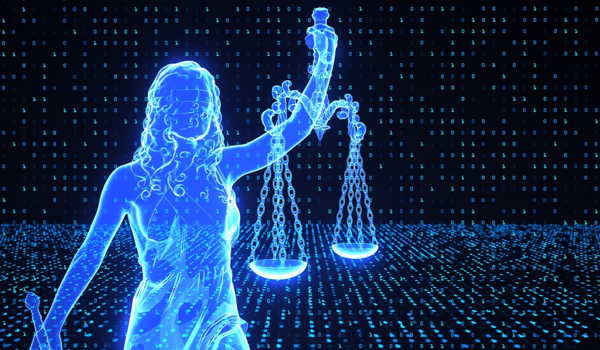


TORONTO - In this project, a joke generator employing a large pre-trained language model (GPT2) used a caption generated from an image applying ResNet50, a convolutional neural network. My team and I sought to synthesize two language generation tasks into a single system - image captioning and joke generation, with the image caption acting as a context from which the joke is generated. Overall, the model accomplishes the task of generating a joke from the given image, achieving varying degrees of success in funniness. The system obtains evaluation scores - both human and automated - that are on par with previous research.
Introduction
Humor is one of the most evolved characteristics that humans possess and a complex and intrinsic part of human conversation involving a deep understanding of grammatical structures and world knowledge. The exact reasons why people laugh and what makes them do so are still relatively unknown and the ability to understand and write jokes requires an understanding of different concepts. One must not only be aware of the world, but also the relationship between ideas and objects and linguistic structures that make a sentence funny - in other words, a strong understanding of semantics and syntax is required to understand and generate a joke. Even though understanding humor or any aspect of language is complex, advances in natural language processing and neural network architecture have succeeded in tasks such as text classification, generation, and summarization. BERT, GPT, and other pre-trained language models trained on a large corpus have shown comprehensive global knowledge.
Building computational models that identify and generate humor remains hugely challenging. The work described in this article presents a neural network-based joke generator that employs a transformer-based architecture. Human ratings eva
The content herein is subject to copyright by The Yuan. All rights reserved. The content of the services is owned or licensed to The Yuan. Such content from The Yuan may be shared and reprinted but must clearly identify The Yuan as its original source. Content from a third-party copyright holder identified in the copyright notice contained in such third party’s content appearing in The Yuan must likewise be clearly labeled as such. Continue with Linkedin
Continue with Linkedin
 Continue with Google
Continue with Google







 1435 views
1435 views










